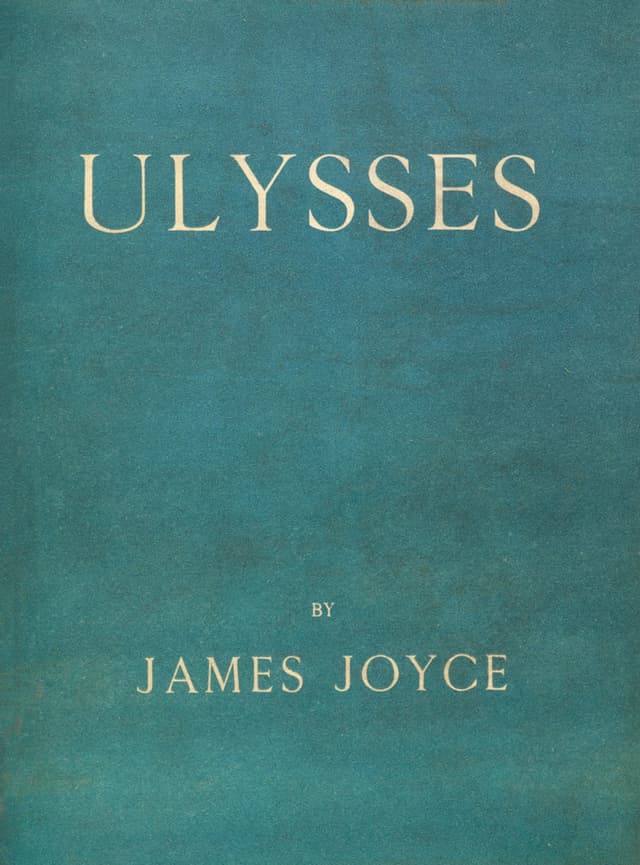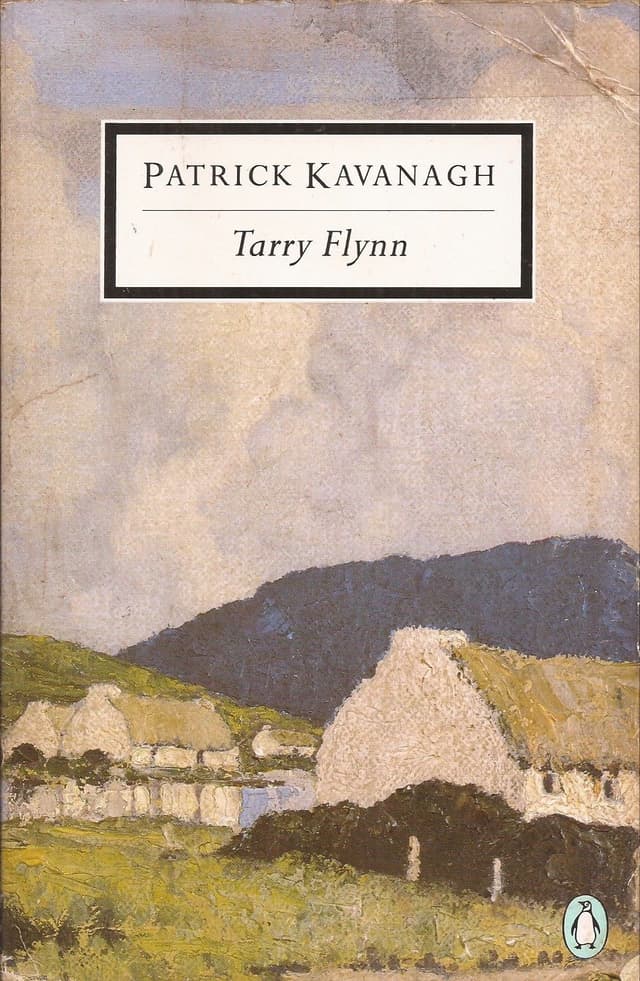Laynta participates in the Amazon Services LLC Associates Program, an affiliate advertising initiative that allows us to earn fees by linking to Amazon.com.

Finnegans Wake
Finnegans Wake, James Joyce's final and most complex work, was published in 1939, culminating nearly two decades of his literary endeavor. The novel is renowned for its avant-garde approach to narrative and language, representing a significant departure even from the modernist style of Joyce's earlier works. Finnegans Wake is a challenging, multilayered text that defies traditional narrative structure, characterized by its dreamlike, often surreal quality, and its dense, pun-filled language.
The book's content is as enigmatic as its form, with interpretations varying widely among scholars and readers. It is often read as a circular narrative, exploring themes of history, mythology, and the cyclical nature of life and death. Joyce creates a linguistic tapestry that blends elements of various languages, dialects, and idioms, crafting a unique and complex form of English that he termed his ""nightlanguage.""
Joyce's innovative use of language in Finnegans Wake pushes the boundaries of the written word, challenging readers to reconsider the very nature of communication and narrative. The novel's allusive and associative style mimics the workings of the unconscious mind, drawing on a vast array of cultural, historical, and literary references.
Finnegans Wake stands as a testament to Joyce's genius and his relentless exploration of the possibilities of literary expression. The novel remains a cornerstone of experimental literature, continuing to intrigue, perplex, and inspire readers and scholars alike.
A way a lone a last a loved a long the riverrun, past Eve and Adam's, from swerve of shore to bend of bay, brings us by a commodius vicus of recirculation back to Howth Castle and Environs.













